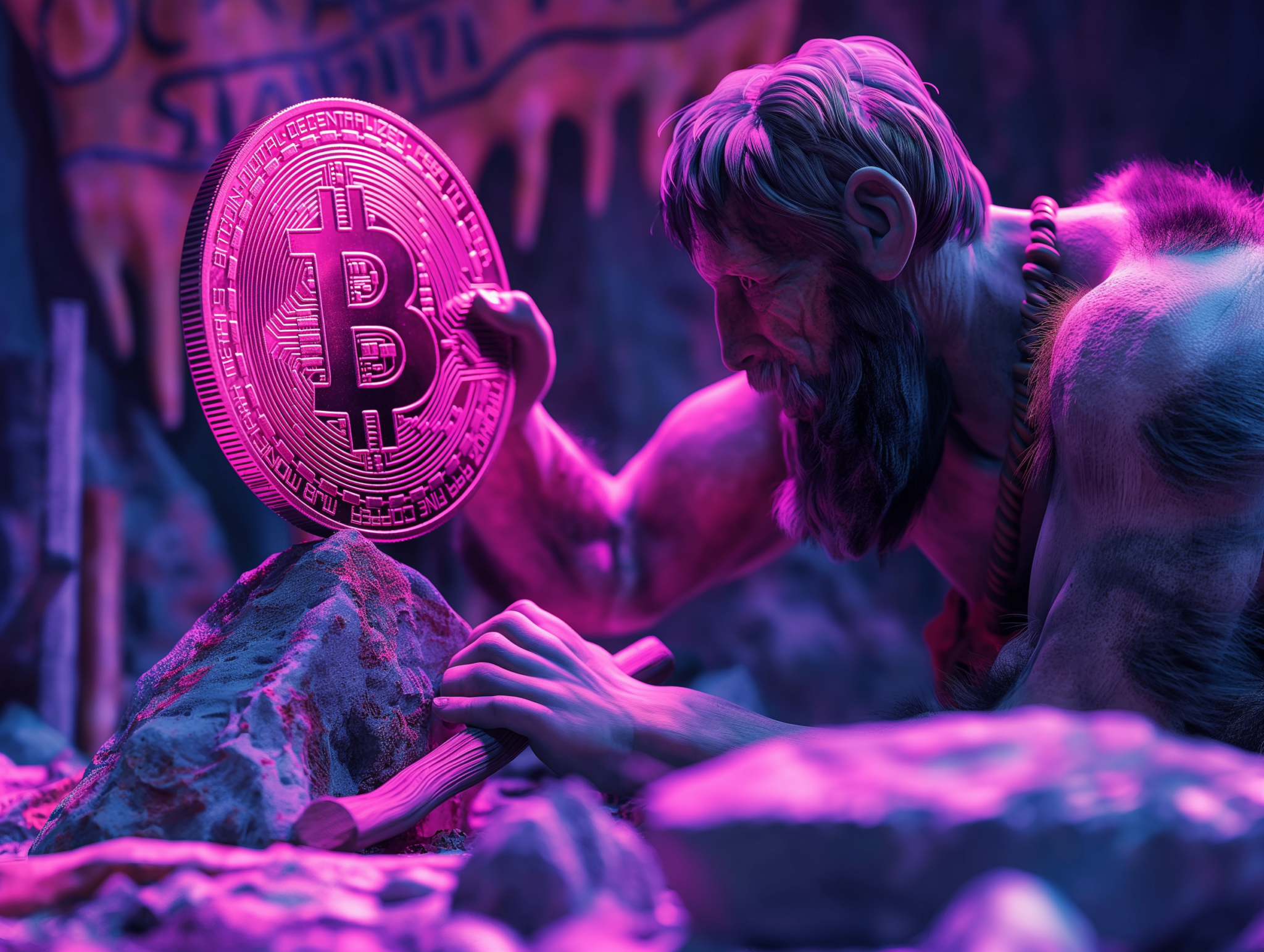In our journey through the world of cryptocurrencies, we’ve explored their place in the long history of money and their potential to reshape our financial systems. Now, it’s time to delve into the revolutionary technology that makes it all possible: blockchain. Often described as a distributed ledger, blockchain is the backbone of cryptocurrencies, but its potential applications extend far beyond digital money.
Understanding Blockchain: The Basics
At its core, a blockchain is a chain of blocks, each containing a list of transactions. But what makes this technology so revolutionary? Let’s break it down.
Imagine a digital ledger book, but instead of being stored in one place, it’s duplicated across a network of computers. When a new transaction occurs, it’s broadcast to the network and enters a pool of unconfirmed transactions, known as the mempool. Network participants (nodes) then select transactions from this pool and bundle them into a block.
Before being added to the blockchain, The block is verified through a consensus mechanism, such as Proof of Work (PoW) or Proof of Stake (PoS). Once added, it creates a permanent and unalterable record. This process ensures that each transaction is valid and prevents issues like double-spending, where a single unit of cryptocurrency could be spent more than once.
How Transactions Are Verified and Recorded
When you initiate a cryptocurrency transaction, it doesn’t immediately become part of the blockchain. Instead, it enters the mempool of unconfirmed transactions, where the verification process begins.
Network participants, often called nodes, pick up and verify these transactions. They perform several checks to ensure the transaction’s validity, including whether the sender has sufficient balance to complete the transaction and whether the digital signature is correct. This verification process maintains the ledger’s integrity by only adding legitimate transactions to the blockchain.
Once verified, the transaction is included in a block and added to the blockchain through a consensus mechanism.
Mining and Consensus Mechanisms
The most well-known consensus mechanism is Proof of Work (PoW), used by Bitcoin and many other cryptocurrencies. In PoW, participants called miners compete to solve complex mathematical puzzles. The first to solve the puzzle gets to add the next block to the chain and is rewarded with newly minted cryptocurrency and transaction fees from the included transactions.
This dual reward system—newly minted coins and transaction fees—incentivizes miners to contribute their computational power to secure the network. The mining process serves two crucial functions: it’s how new transactions are added to the blockchain and how new units of cryptocurrency are created and distributed.
However, PoW has faced criticism for its high energy consumption. As a result, alternative consensus mechanisms have emerged. Proof of Stake (PoS), for instance, selects block creators based on the amount of cryptocurrency they’re willing to “stake” or temporarily lock up. This method is generally more energy-efficient.
Other consensus mechanisms include Delegated Proof of Stake (DPoS), Proof of Authority (PoA), and many more. Each has advantages and trade-offs regarding speed, energy efficiency, and decentralization.
The Power of Decentralization
Decentralization is a key feature of blockchain technology and a fundamental principle of many cryptocurrencies. But what does it mean, and why is it important?
In a centralized system, a single entity or organization has control. Your bank, for instance, has authority over your account and can freeze funds, reverse transactions, or close your account. While this can provide benefits like fraud prevention, it also introduces risks such as a single point of failure and requires users to place significant trust in the controlling entity.
Blockchain, on the other hand, operates on a decentralized network. There’s no single point of control. Instead, the network reaches a consensus about the state of the ledger. This has several important implications:
- Resistance to Censorship: No single entity can prevent transactions from being added to the blockchain.
- Increased Security: There’s no central point of failure for attackers to target.
- Transparency: Anyone can view the blockchain and verify transactions for themselves.
- Immutability: Once a transaction is recorded and confirmed, it’s challenging to alter or erase.
This decentralized nature is what allows cryptocurrencies to operate without the need for banks or other financial intermediaries.
Beyond Cryptocurrencies: Other Applications of Blockchain
While blockchain technology was initially developed for cryptocurrencies, its potential applications are far-reaching. Here are a few areas where blockchain is making waves:
- Supply Chain Management: Blockchain can provide transparent, immutable, and traceable records of products as they move through the supply chain. This enhanced traceability can help reduce fraud, improve accountability, and ensure the integrity of the supply chain.
- Identity Verification: Blockchain could enable secure and user-controlled digital identities.
- Voting Systems: The technology could create more secure and transparent voting systems.
- Smart Contracts: These are self-executing contracts with the terms directly written into code. They automatically execute when predefined conditions are met.
- Decentralized Finance (DeFi): This emerging field aims to recreate traditional financial systems (lending, borrowing, trading) using blockchain technology without centralized intermediaries.
Challenges and Future Developments
Despite its potential, blockchain technology faces several challenges. Scalability remains a significant issue, with many blockchains struggling to handle large transaction volumes quickly. There are also concerns about energy consumption, particularly for PoW systems.
Privacy is another area of focus. While blockchains offer pseudonymity (transactions are tied to addresses, not names), they’re not anonymous. All transactions are visible on the public ledger, which can potentially be analyzed to trace back to individuals. Solutions like zero-knowledge proofs and privacy-focused cryptocurrencies like DOP and Monero are being developed to address these privacy concerns. These technologies aim to enhance transaction privacy while maintaining the integrity of the blockchain.
Interoperability between different blockchains is another frontier. As the number of blockchain networks grows, the ability of these networks to communicate and work together becomes increasingly important. Projects like Polkadot, Cosmos, and Aion are working on creating interoperability solutions that enable seamless communication between different blockchains. This interoperability is crucial for developing a cohesive and integrated blockchain ecosystem, allowing for more complex and interconnected applications.
Conclusion: The Foundation of a New Financial Paradigm
Blockchain technology represents a fundamental shift in how we think about and handle digital information and value. Enabling trust in a trustless environment opens up new possibilities for collaboration, transparency, and efficiency across various industries.
As we’ve seen, blockchain is the engine that powers cryptocurrencies, providing the secure, transparent, and decentralized foundation they need to operate. Understanding this technology is crucial to grasping cryptocurrencies’ full potential and possible impact on our financial systems and beyond.
However, knowing about blockchain and cryptocurrencies is the first step. How do you use these digital assets in the real world? In our next article, Cryptocurrency in Practice: How to Buy, Store, and Use Digital Assets, we’ll guide you through the practical aspects of engaging with the cryptocurrency ecosystem. From setting up your first digital wallet to making your first purchase, we’ll cover the essential knowledge you need to start your journey into digital assets.
As we move from the theoretical to the practical, you’ll gain the skills and confidence to navigate this new financial frontier. Join us as we continue to explore the exciting and rapidly evolving world of cryptocurrencies.
















